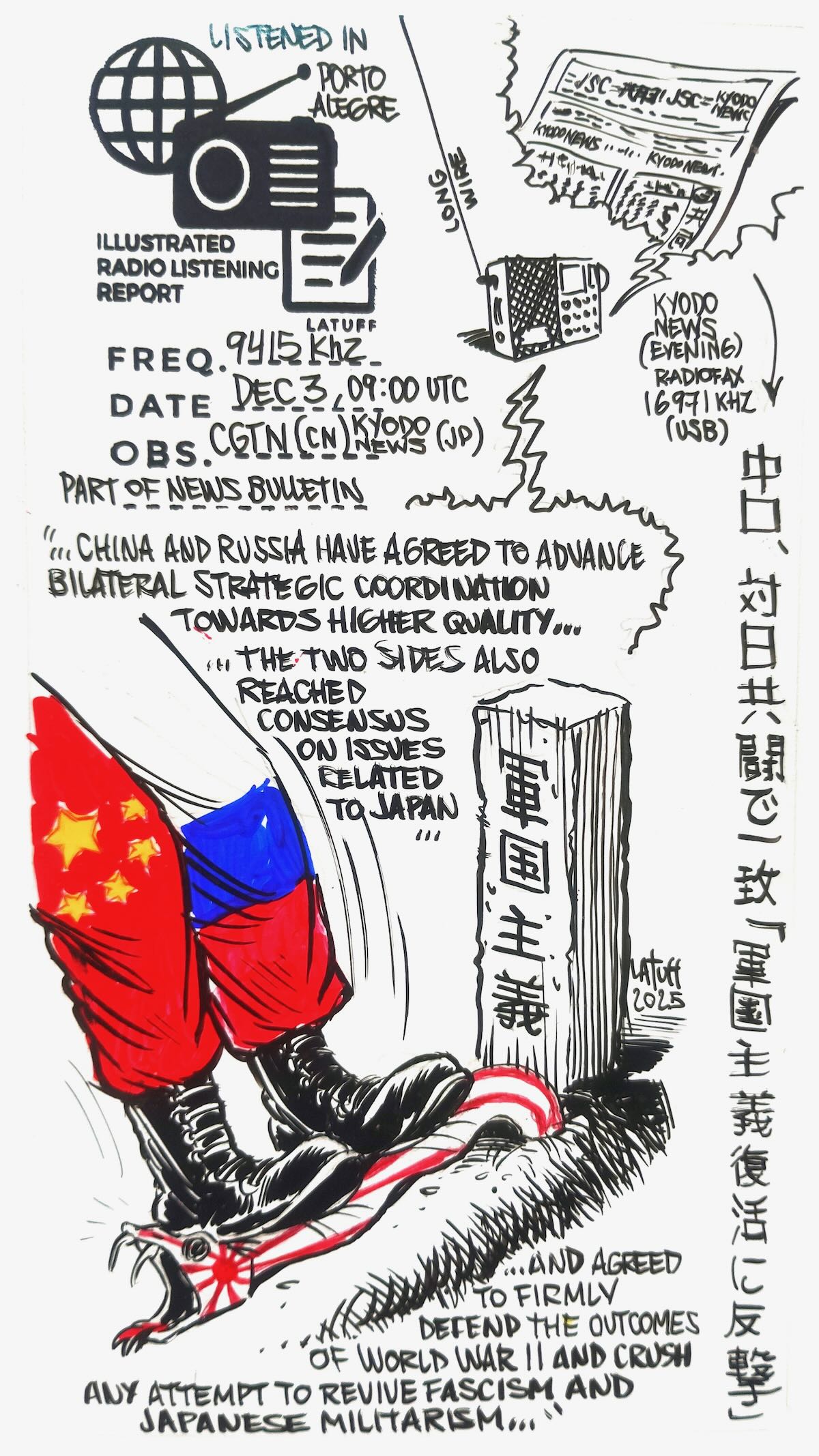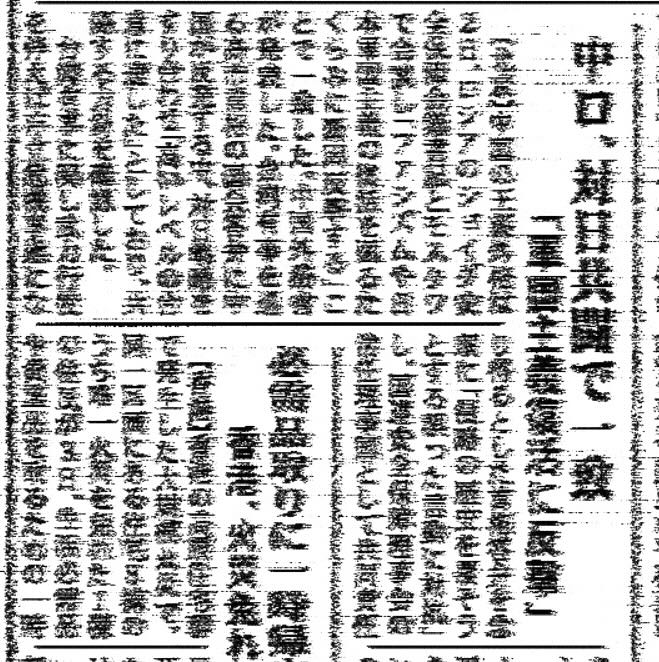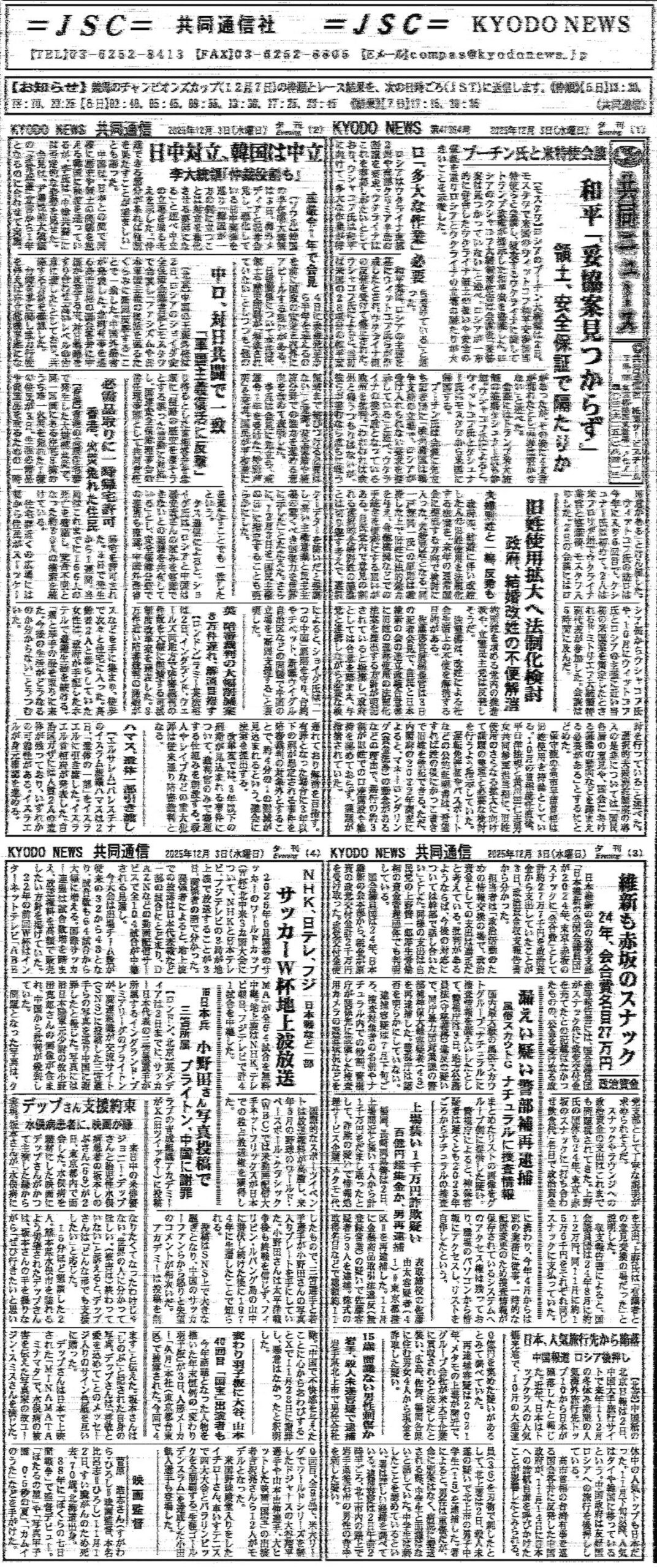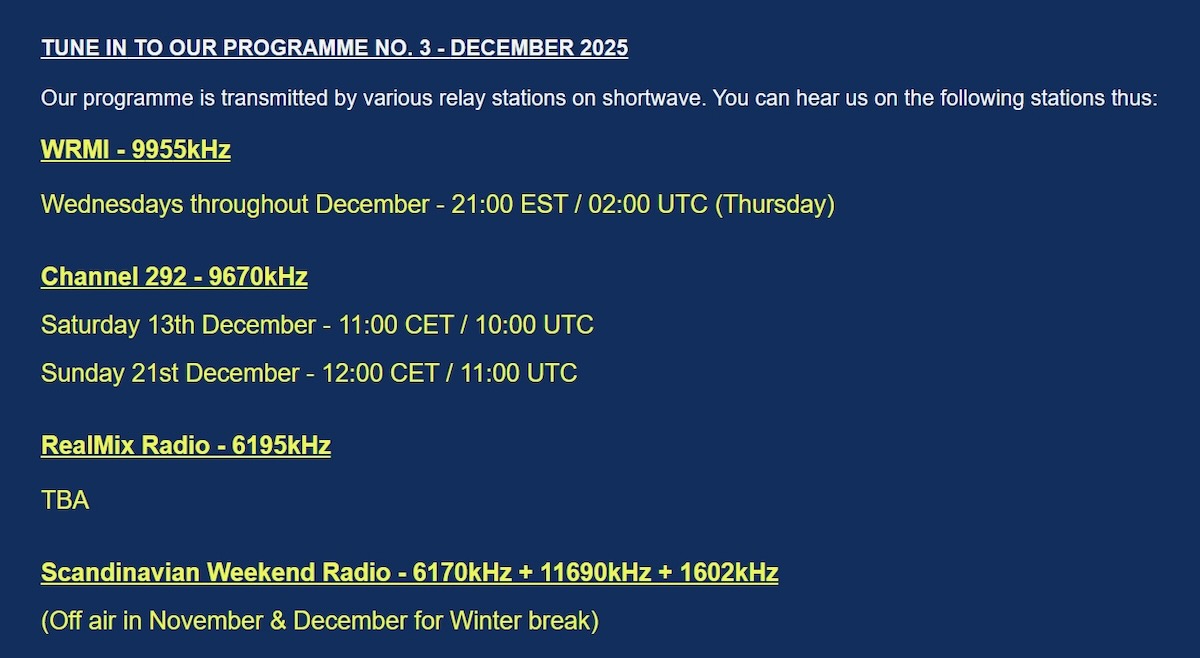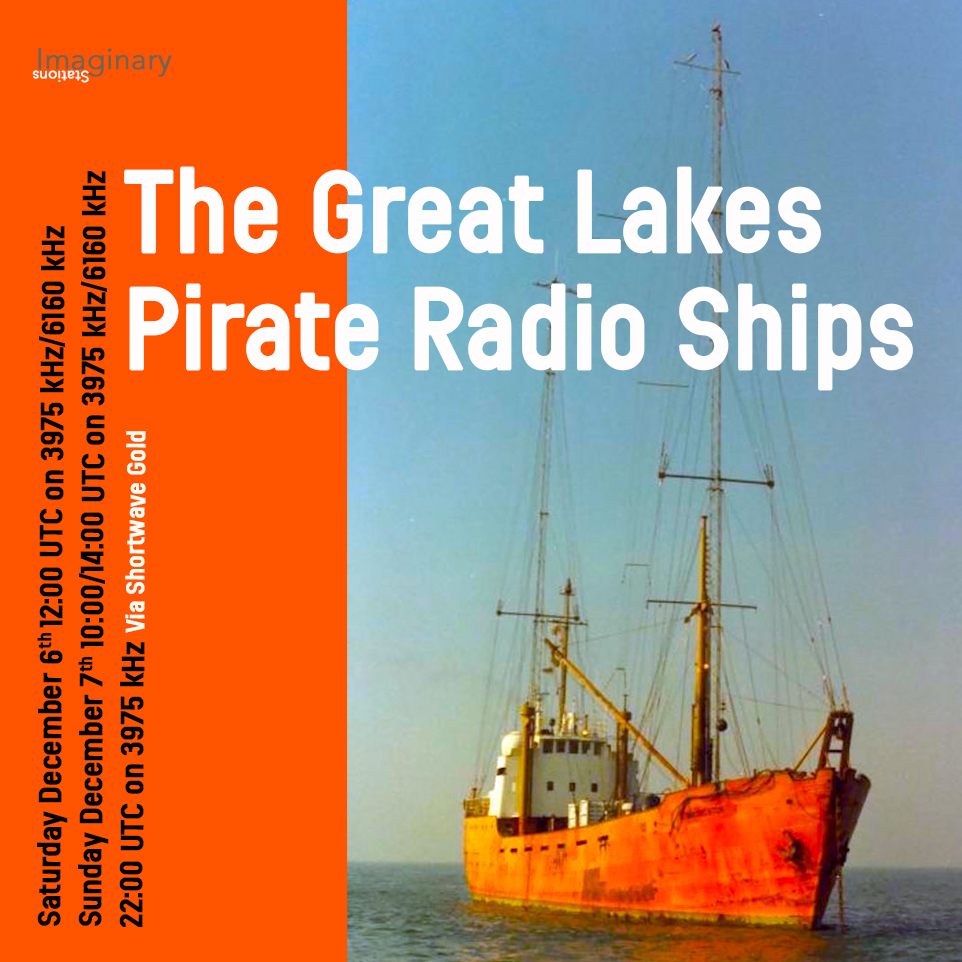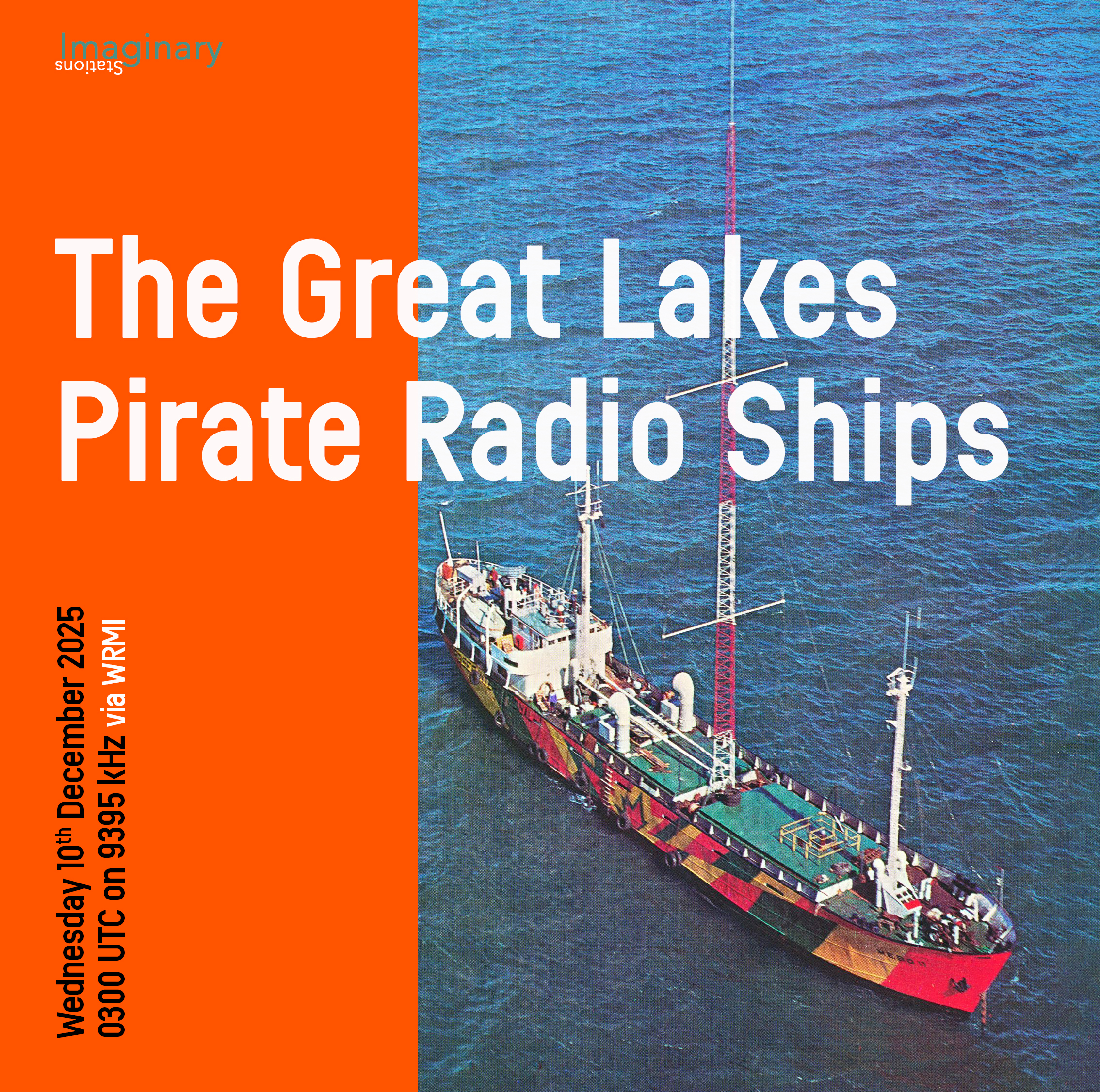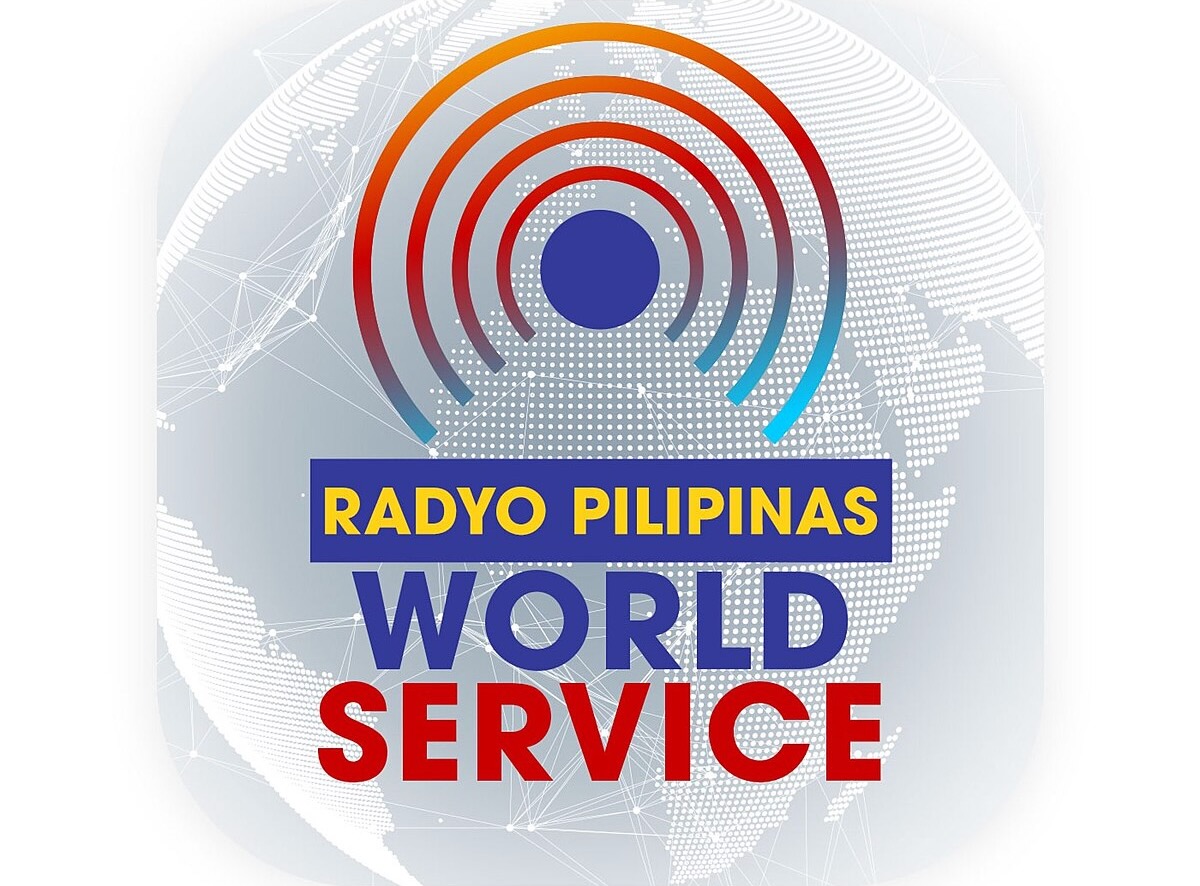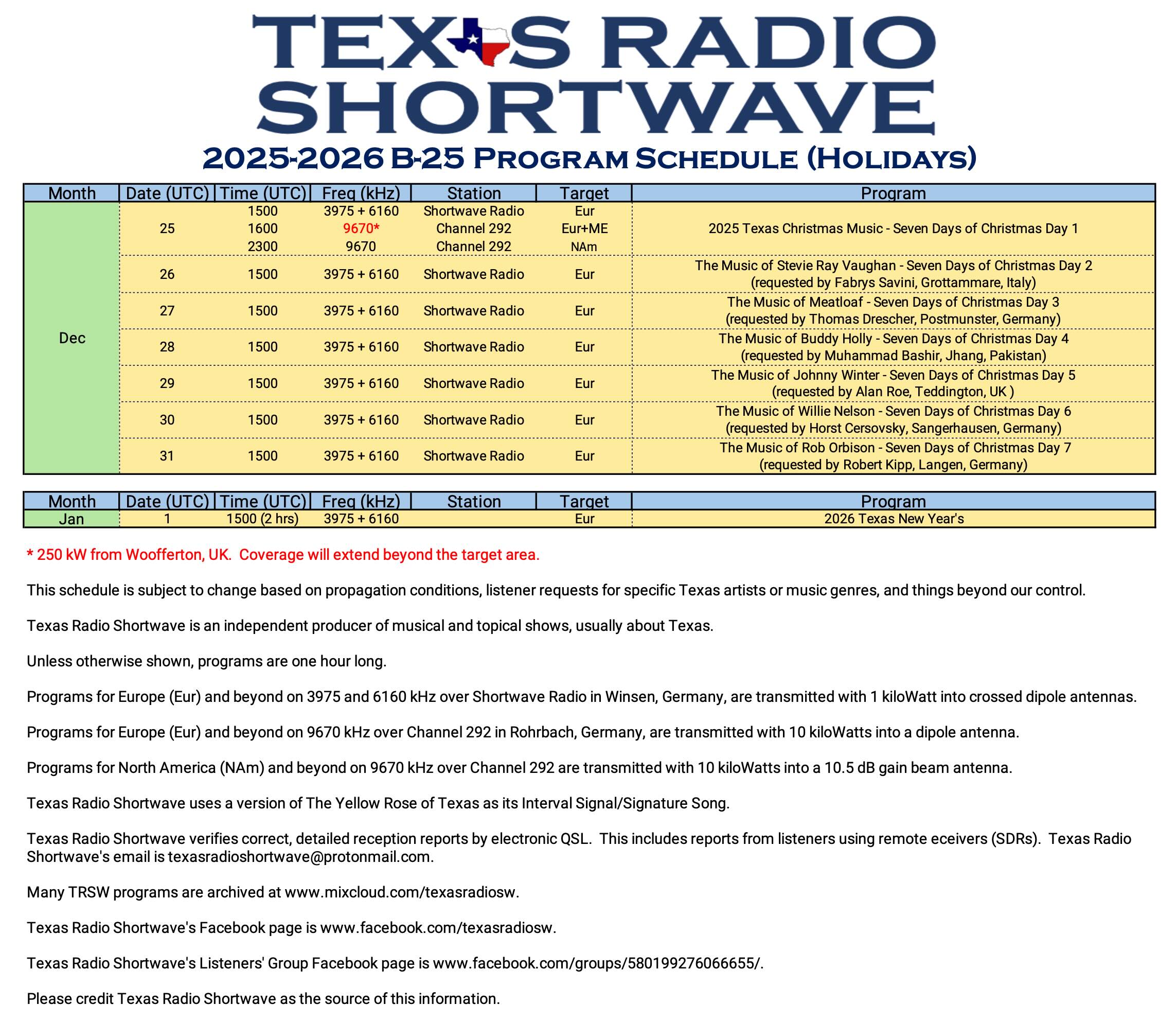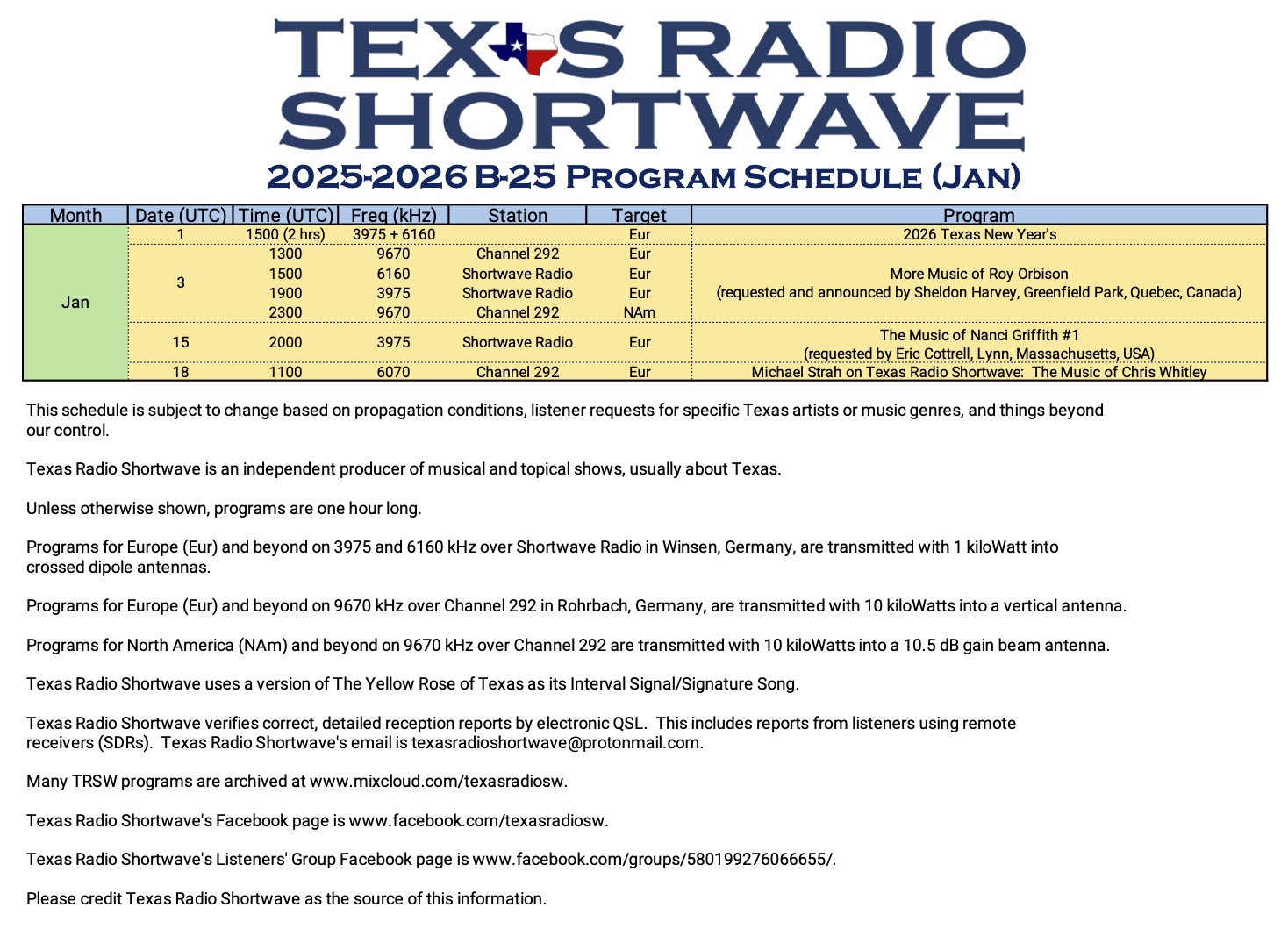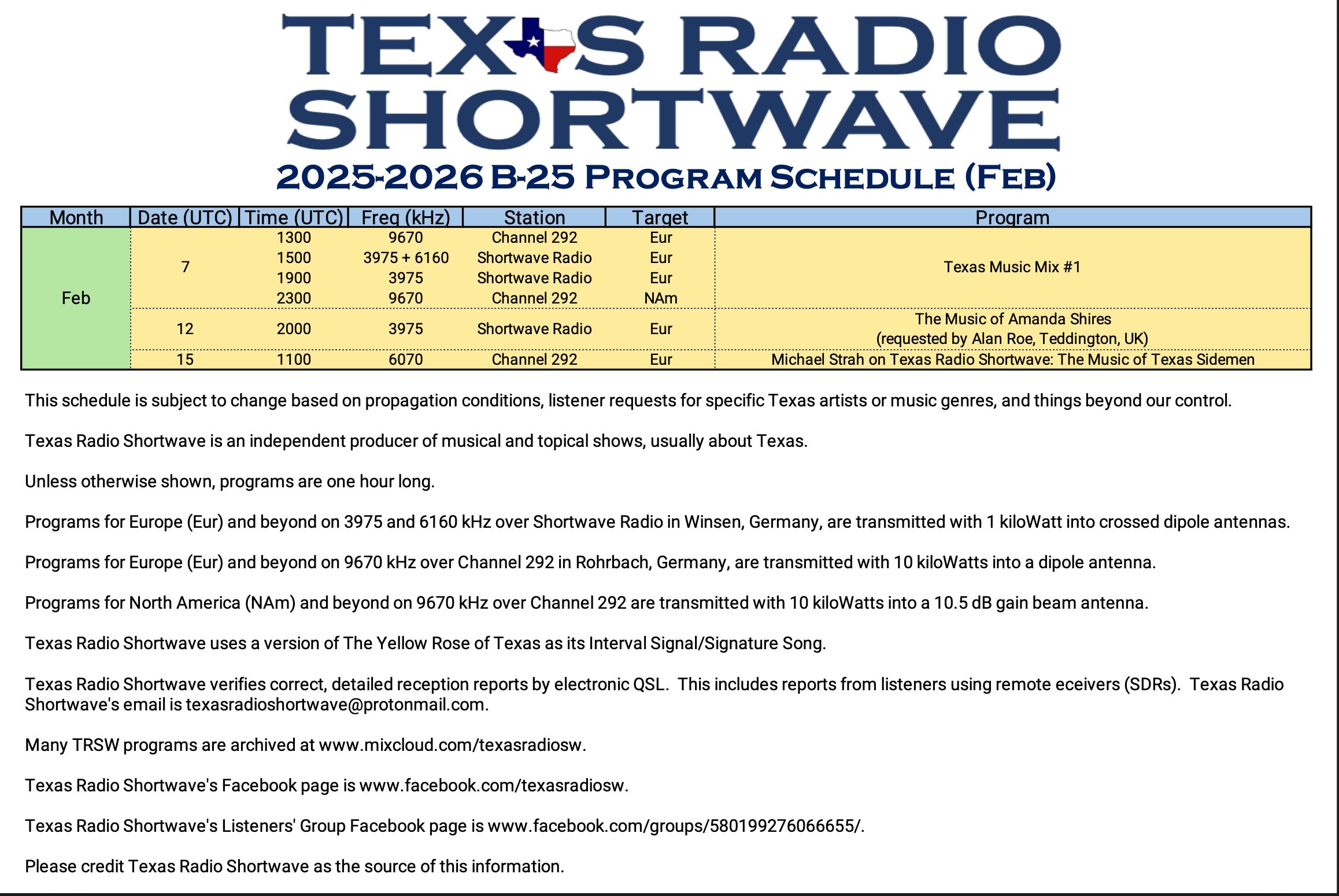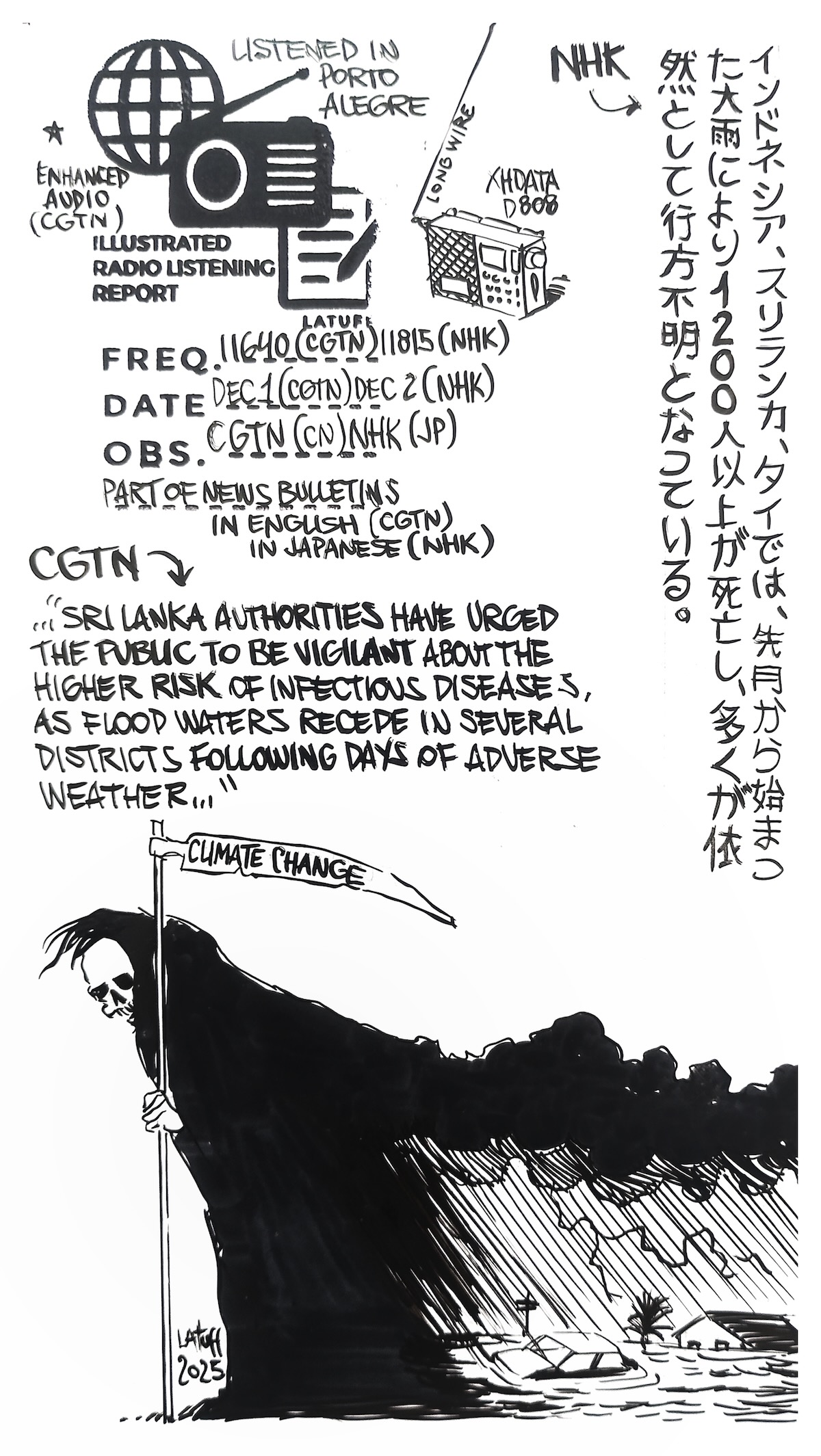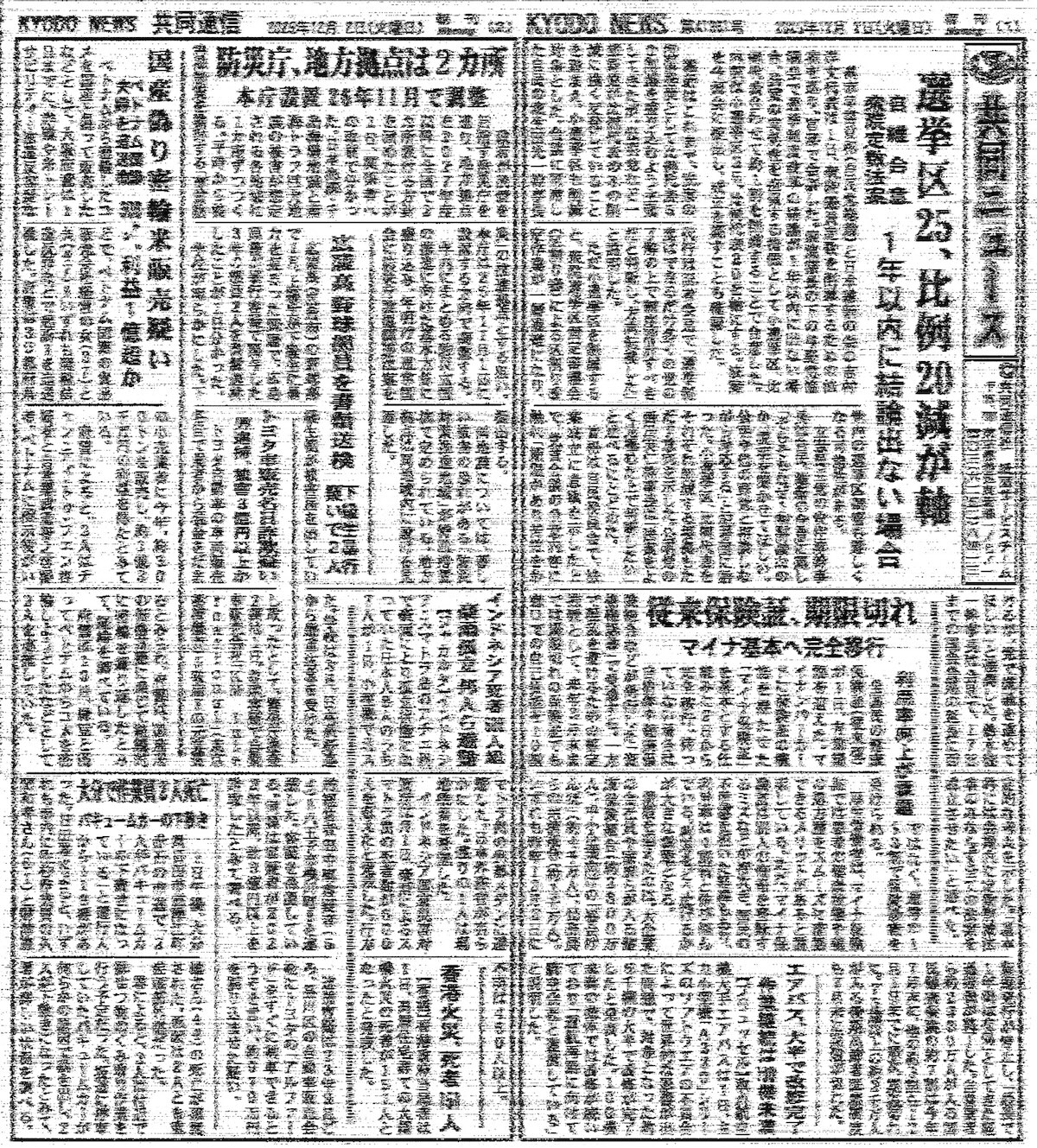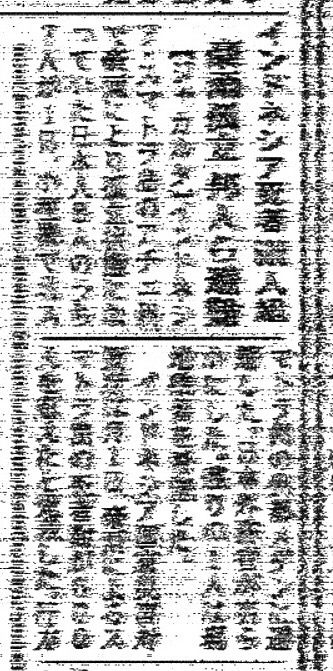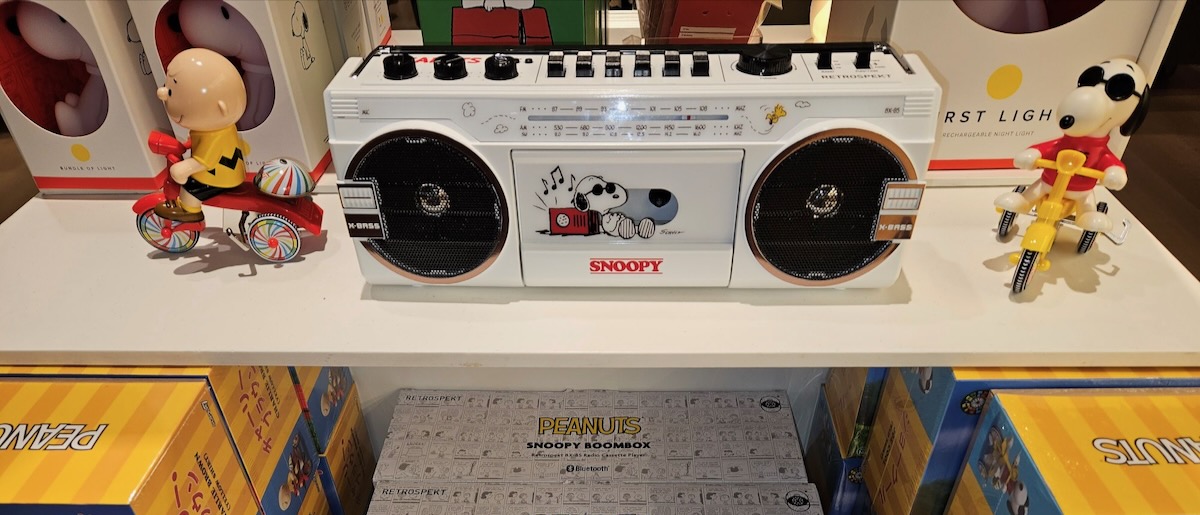
Many thanks to SWLing Post contributor Ian Millett, who writes:
On a recent visit to the New York Museum of Modern Art (MOMA), in the kids section of the Design Store, I spotted a retro boombox with AM, FM, and SW bands. MOMA sells the Snoopy-themed BX-85 Bluetooth Cassette Player Boombox, by Retrospekt, for $99 to non-members.
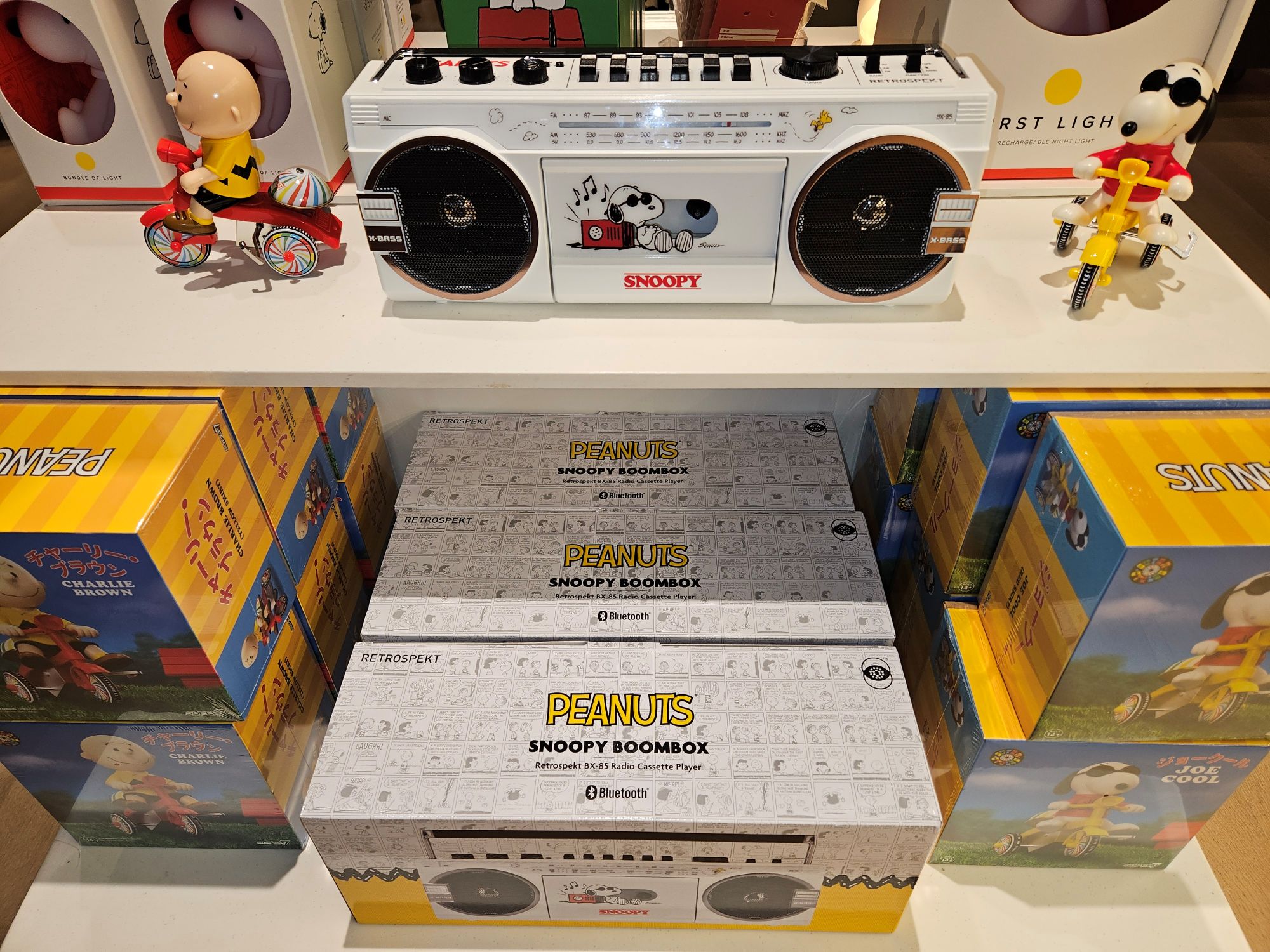
The cassette player’s door has a drawing of our favorite beagle Snoopy in his Joe Cool persona listening to a radio. Peanuts creator Charles Shulz drew a strip published on July 12, 1981, that has Snoopy listening to a “bark” show (sic) on a tabletop radio. We don’t know the coverage of that comic strip radio.
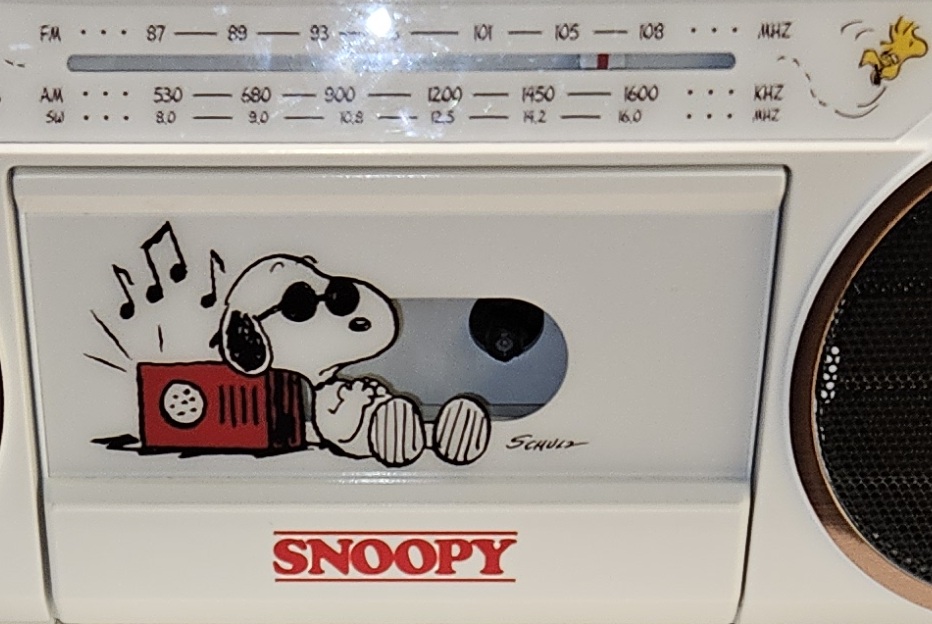
The bandspread on the Retrospekt boombox shows it covers Shortwave 8 to 16 MHz and FM 88 to 108 MHz. Interestingly, the bandspread shows AM coverage from 530 to 1600 kHz. Even the coverage is retro.
Ian Millett N3CVA
Baltimore, MD

